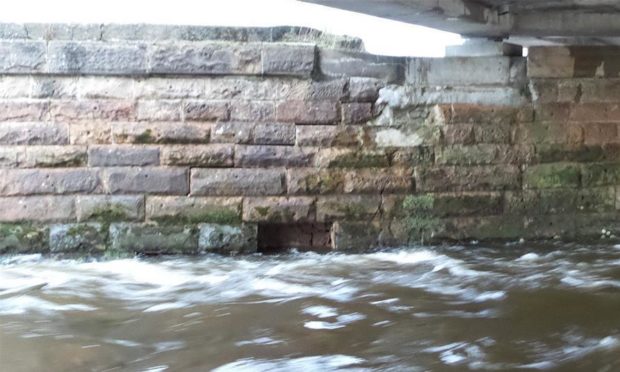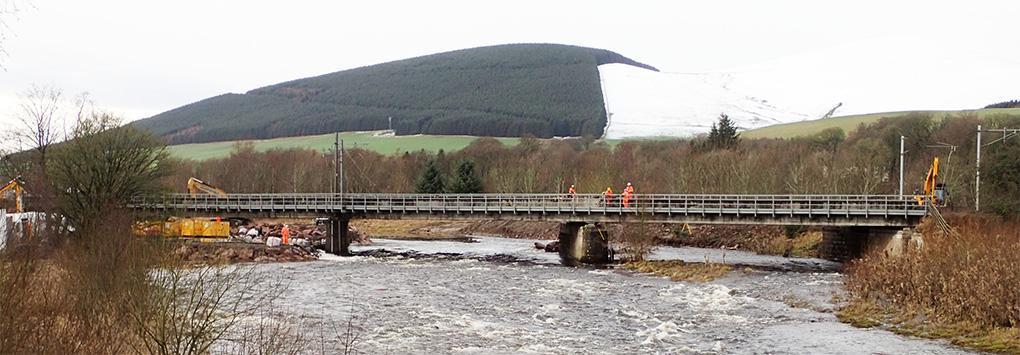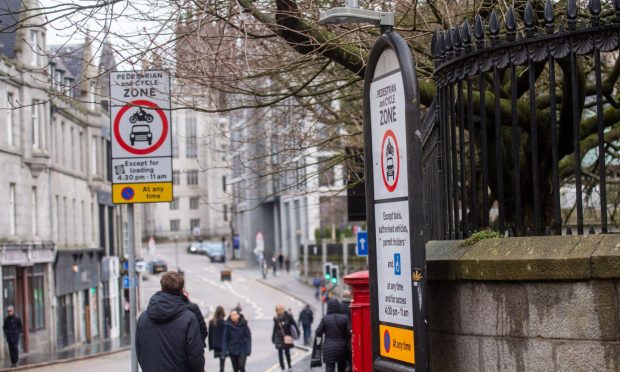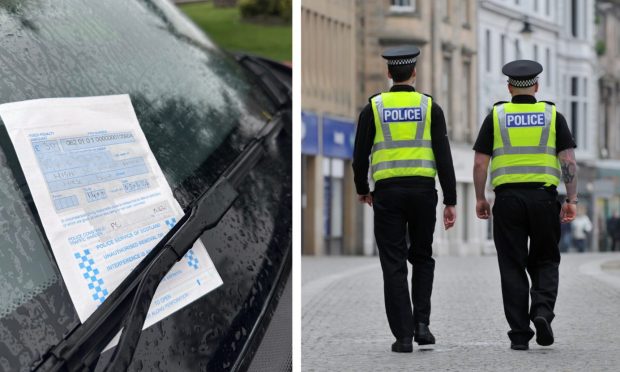Transport bosses have been fined after allowing trains to travel at more than 100mph over a viaduct with a 3ft hole under its foundations.
While they initially did not realise the extent of the damage caused to Lamington Viaduct in South Lanarkshire, Network Rail chiefs later shut the line for seven weeks to conduct major repair works.
The firm was yesterday ordered to pay £10,000 at Lanark Sheriff Court, after admitting a breach of health and safety regulations.
Lamington Viaduct, which spans the River Clyde, had been left significantly damaged during heavy rain from Storm Frank on December 31, 2015.
That morning a driver reported a fault on the track and trains were told to cross at a low speed while an investigation was carried out.
Network Rail staff found “no significant track defects” and the restriction was relaxed.
It was later reimposed when the 5.57am Crewe to Glasgow crossed the structure at 110mph and staff noticed “large track movements” beneath them.
Maintenance workers closed the line then discovered a stone had fallen from the viaduct’s central pier, large cracks had formed and there was a 3ft deep hole under the foundations.
The Office Of Rail and Road said a derailment could have led to injuries or even death, and a probe by the Rail Accident Investigation Branch (RAIB) discovered “major flaws” in the bridge-monitoring and safety assessment programme.
HM Chief Inspector of Railways Ian Prosser said: “We welcome this outcome by the Crown Office.
“Our investigation revealed that Network Rail staff were unaware that they held safety critical duties under Network Rail’s processes to manage infrastructure during extreme weather.
“The viaduct was on Network Rail’s list of high risk structures vulnerable to being washed away by moving water, yet despite this being a known issue, severe damage went unrecognised because Network Rail failed to implement its own procedures which would have meant no passenger trains should have passed over the viaduct.
“This verdict should be a reminder to Network Rail, as it progresses plans led by its two new task forces, that it must continue to acknowledge and act to guard against the serious impact of severe weather on infrastructure.”
A Network Rail spokesman said: “We fell short of the standards expected of us in our response at Lamington and we immediately made significant changes to our management of scour-risks in Scotland as a result of this incident.
“We invest heavily each year in projects designed to minimise the impact of river flow on vulnerable structures and we have also deployed telemetry equipment at high-risk bridges to help improve early identification of potential issues.
“We are determined to better understand how our weather can affect our railway and have launched two taskforces, led by independent experts, as part of our long-term response to climate change.”
While no-one was injured in the incident, the case was heard just months after the deaths of three people in a derailment near Stonehaven.











